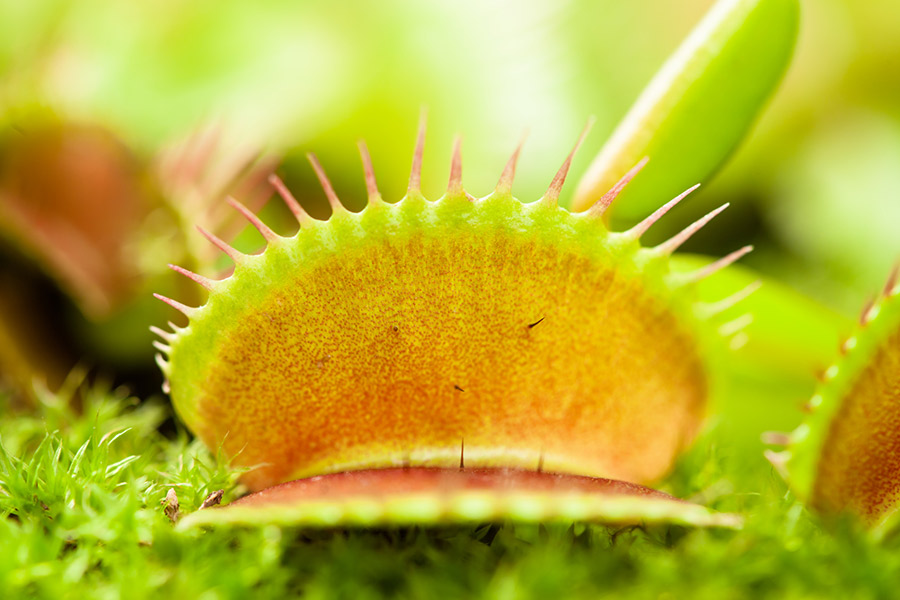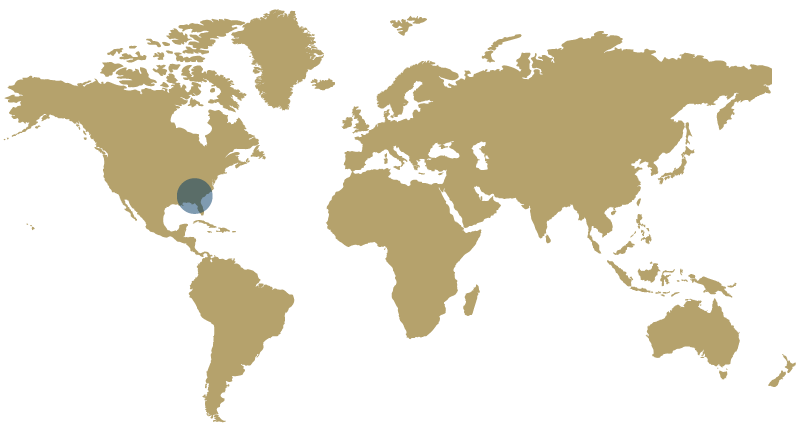
Habitat
Commonly found in moist, acidic soil where there is plenty of sunlight.
Aquarium Location
Coastal Plain
Fun Facts
- When an insect touches one of the spines twice, the trap quickly closes the majority of the way. The trap does not close if it is touched once; this saves it from using energy to close if a leaf falls upon it.
- When an insect is caught the trap is tightly sealed and will remain so for up to a week before re-opening.
- If an insect is too large it will hang out of the trap. This causes bacteria to grow on the insect, which then spreads to the trap itself causing it to decay and eventually fall off.
Diet
Due to the Venus flytrap’s sandy coastal habitat, it does not get the nutrition needed to thrive, specifically Nitrogen; thus, the consumption of insects allows this carnivorous plant to obtain the nourishment it needs.
Cool Adaptation
Carnivorous plants have existed on Earth for thousands of years. There are more than 575 kinds of plants that supplement their food supply with insects. Venus flytraps gather nutrients from gases in the air and from the soil. They live in nitrogen poor environments so they have adapted to gathering additional nutrients from insects. The leaves of the Venus flytrap are wide with short, stiff trigger hairs. Once an object bends these hairs the trap will close. It does not close all the way; this is thought to let small insects escape as they would not provide enough food for the plant. If the right size insect is captured, the trap will seal completely shut and digestive juices will be secreted to start breaking down the insect. This process takes 5-12 days. The exoskeleton is not broken down and will blow away or be washed out once the trap reopens. The time it takes for the trap to reopens depends on the size of the insect, the temperature, the age of the plant and how often it has completed this process before.
Conservation Connection
There is a lot of habitat loss due to drainage, development and fire suppression. The biggest factor in the loss of habitat is major timber growth where land has been drained, cleared and planted in a pine culture. The Venus flytrap is a state ‘Species of Special Concern’ in North Carolina. Illegal trafficking of this species is regulated under CITIES.


